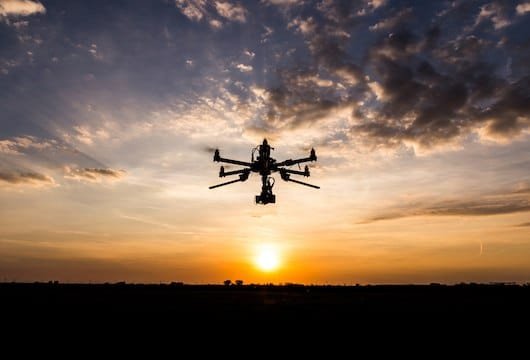
Huawei has signed a strategic cooperation memorandum of understanding (MoU) with China Mobile Group Sichuan and SF Express’ Fonair Aviation to develop and build what they say will be the world’s first cellular test network for regional logistics drones.
Logistics drones not only have the potential to slash distribution costs, but also boost efficiency and resolve delivery issues in remote areas. Meanwhile, the rise of logistics drones means a new list of communication requirements, including drone security status monitoring, real-time location/availability status monitoring, and beyond-visual-line-of-sight (BVLOS) control.
In the future, Huawei says, the mobile network will extend its coverage from the ground to low-altitude airspace. Such an extension will suit the needs of connected drones, enabling various applications ranging from real-time drone management to safe flying and logistics surveys.
Under the MoU, China Mobile Sichuan will build a cellular test network for regional logistics drones. Huawei will provide mobile communication technologies for the network to ensure low-altitude airspace coverage and network performance. Fonair Aviation intends to provide the drone equipment and application scenarios.
The three will then study logistics drones’ requirements on cellular communication. This will include cooperation in testing drone status monitoring, data backhaul, BVLOS control, and various other drone services, as well as the completion of several end-to-end technical verifications.
According to Huawei, the line-of-sight (LOS) communication mode used by most current drones falls short of the application requirements of long-distance regional logistics drones. Moreover, satellite communications links are impractical for logistics drones because of long latency and high costs. Mobile networks, on the other hand, can use existing site resources to provide drones with three-dimensional coverage. Meanwhile, 5G will eventually enhance transmission of information and more precise drone control.
“Huawei Wireless X Labs released its ‘digital sky’ initiative in November 2017,” said Yang Weimin, President of Huawei Wireless R&D. “The purpose was to provide network coverage for low-altitude airspace, spur development of drone applications, and enable low airspace digital economy via technical research and innovation. This collaboration is a critical project for the digital sky initiative. It also marks an essential step in applying mobile communication technologies for the aviation industry.”

Be the first to comment